Speaking at the seminar, Mr. Hoang Ngoc Tuan - Acting Director of the Investment Preparation Board under MAUR said that Decision No. 568 issued by the Prime Minister in 2013 on approving the adjustment of the Transport Development Plan of Ho Chi Minh City to 2020 and vision after 2020 set the goal of building 8 metro lines, 3 tram lines or monorail with a total length of about 220 km.
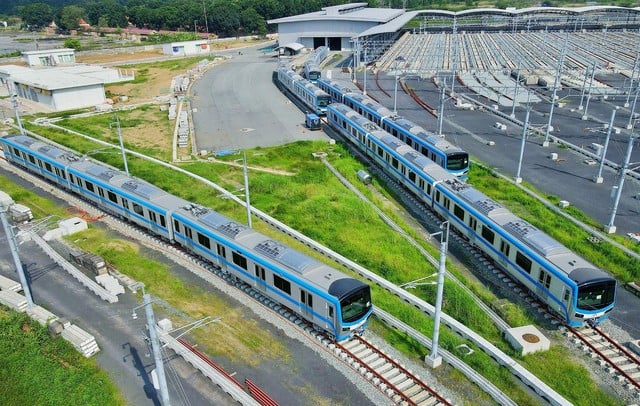
20 years, Ho Chi Minh City has not completed 20 km of the first metro line
To date, the city has only implemented two routes. Of which, metro line No. 1 (Ben Thanh - Suoi Tien) has been implemented since 2007, with a total implementation volume of 95.32%, expected to be completed by the end of 2023. Metro line No. 2 (Ben Thanh - Tham Luong) is currently clearing the land and relocating technical infrastructure, expected to be completed in 2032.
Line 5 phase 1 (Bay Hien intersection - Saigon bridge) is carrying out procedures to request investment policy; metro line 3a (Ben Thanh - Tan Kien) is carrying out procedures to request approval of project proposal; metro line 2 phase 2 (Ben Thanh - Thu Thiem section) and phase 3 (An Suong bus station - Tay Bac Cu Chi) are having partners interested in investing. The remaining routes are calling for investment.
In general, the projects currently being implemented all use ODA loans, and progress is slow due to many procedures, high investment rates, and dependence on design, engineering, technology, etc.
Currently, Conclusion No. 49, which the Politburo has just issued, sets the goal of completing the urban railway network in Ho Chi Minh City by 2035, meaning that the city must complete the entire remaining urban railway network (about 200 km) in the next 12 years.
"This is a historic opportunity for the railway industry in general and Ho Chi Minh City in particular; creating momentum for Ho Chi Minh City to develop its socio-economy, becoming an economic and financial center of Asia. However, it is also a huge challenge because over the past 20 years, Ho Chi Minh City has only completed nearly 19.7 km of urban railway; in the next 12 years, completing the remaining nearly 200 km is a huge responsibility. If we continue to do it the way we are doing it now with an average project preparation time of 4-5 years, plus an implementation time of 7-8 years, it will not be possible," Mr. Hoang Ngoc Tuan assessed.
With such an approach, MAUR proposes many completely new and breakthrough ways of doing things, focusing on 5 areas: Planning, land acquisition and site clearance; financial resources; investment procedures, project approval and implementation; standards, technological solutions, construction organization, equipment and material supply; organizational model, management, human resources.
Specifically, in the field of planning, land acquisition and site clearance, MAUR proposes to adjust the planning of the total length of urban railways in Ho Chi Minh City from the current 220 km to about 400 - 500 km, divided into 2 phases (phase 1 from now until 2035 and phase 2 with a vision after 2035). The planning must simultaneously determine the boundaries, locations and urban design according to the TOD model, with a radius of 500 - 1,000 m around the station. Land acquisition for metro projects is carried out simultaneously with the TOD land fund.
In addition, currently, according to the Public Investment Law, land can only be reclaimed after the project's resettlement plan is approved. This takes at least 10 years. Resolution 98 allows Ho Chi Minh City to reclaim land after the project's investment policy is approved, but this also takes 4-5 years. Therefore, the units propose: Immediately after the project's detailed planning is approved, the land will be reclaimed to ensure that there is a land fund for auction and to avoid the rampant land speculation that is taking place. Only then can the goal of reclaiming all "clean" land for the metro system be ensured by 2028.
Regarding financial resources, the requirement is to basically arrange about 25 billion USD by 2028 (the figure was calculated 10 years ago). If we only rely on budget capital or ODA capital as it is now, it is completely impossible. Ho Chi Minh City hopes to diversify financial resources from 5 sources: state budget used for site clearance; organizing land auctions according to the TOD model; borrowing domestic capital; borrowing foreign capital and issuing bonds.
"With the land auction plan, a station calculated with a minimum radius of 500m, each station will have about 80ha of TOD area. A metro line will have about thousands of hectares of land. If we create a surplus value of 50 billion VND for each hectare, we will have 50,000 billion from the land auction for each metro line" - MAUR representative calculated.
In particular, regarding investment procedures, approval and project implementation, Mr. Hoang Ngoc Tuan stated the current situation, each metro project in Ho Chi Minh City takes about 7 - 9 years for this work. During the process of consulting many units, MAUR proposed many ideas such as possibly skipping the pre-feasibility study report if the planning part is implemented well; decentralizing and delegating more autonomy to localities or even, there is the idea of grouping all the remaining routes into 1 - 2 projects to submit to the National Assembly at once and then implementing each component project...
"Most of the above proposals are not in accordance with legal regulations or do not have a legal corridor in the provisions of the law. However, as Minister of Planning and Investment Nguyen Chi Dung recently said, if we continue to do things the same way, it will take 100 years for Ho Chi Minh City to complete the metro network. We want to hear more comments from experts and agencies to complete the implementation plan of Conclusion 49 and Resolution 98" - Mr. Hoang Ngoc Tuan emphasized.
Source link



![[Photo] Prime Minister Pham Minh Chinh chairs conference on anti-smuggling, trade fraud, and counterfeit goods](https://vphoto.vietnam.vn/thumb/1200x675/vietnam/resource/IMAGE/2025/5/14/6cd67667e99e4248b7d4f587fd21e37c)








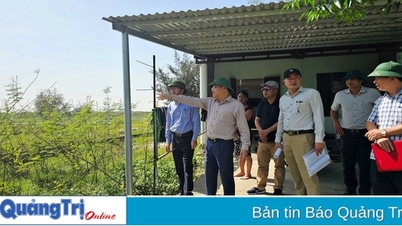

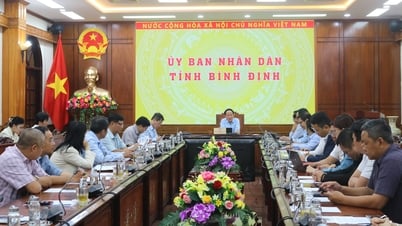






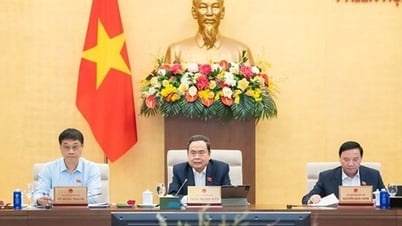


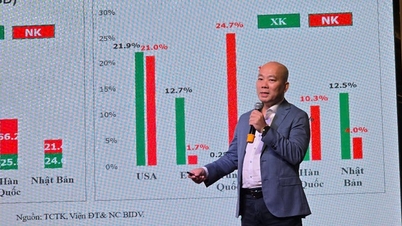










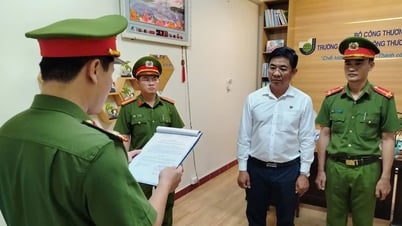
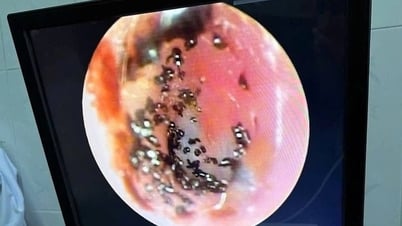


































































Comment (0)